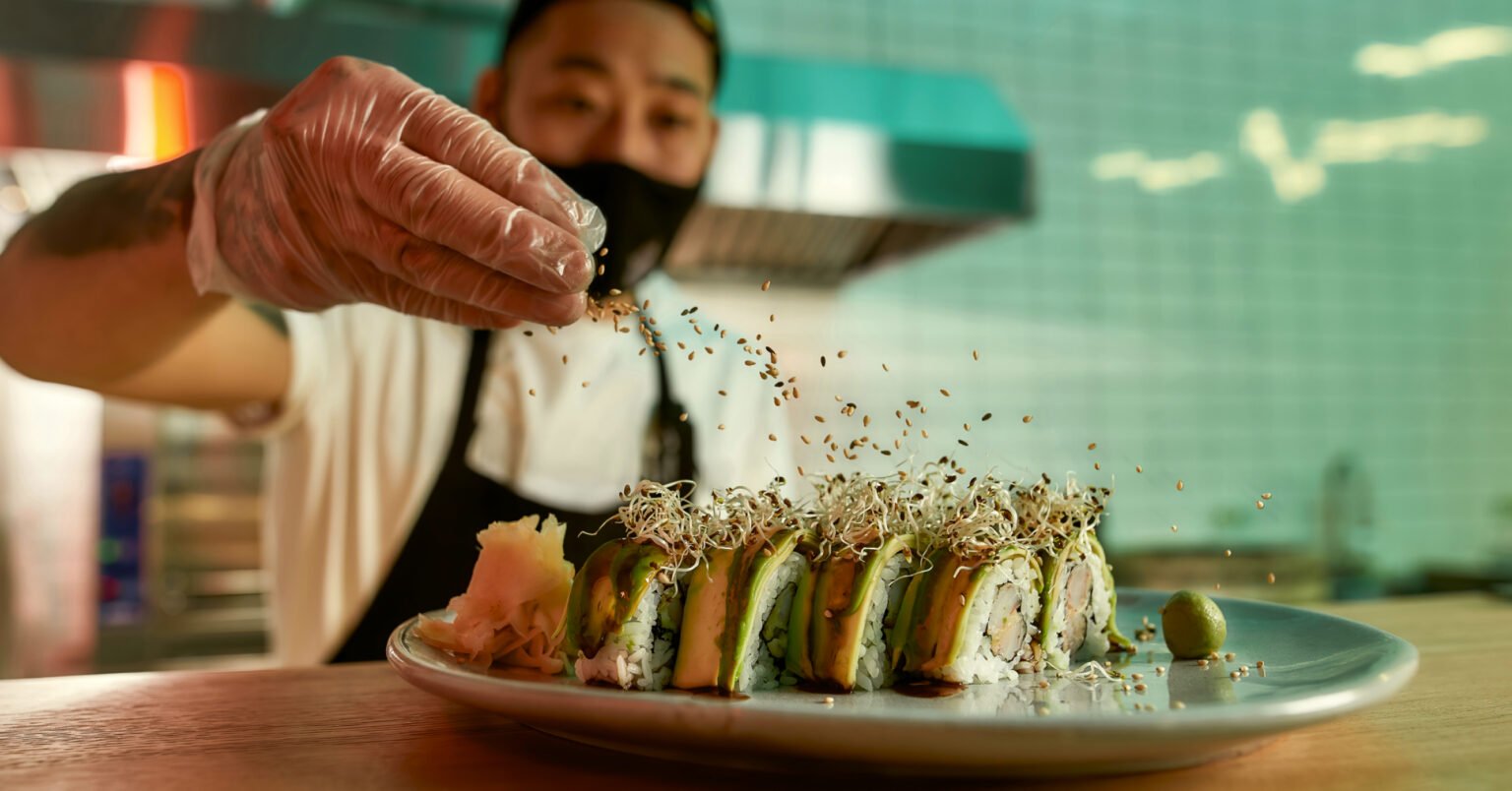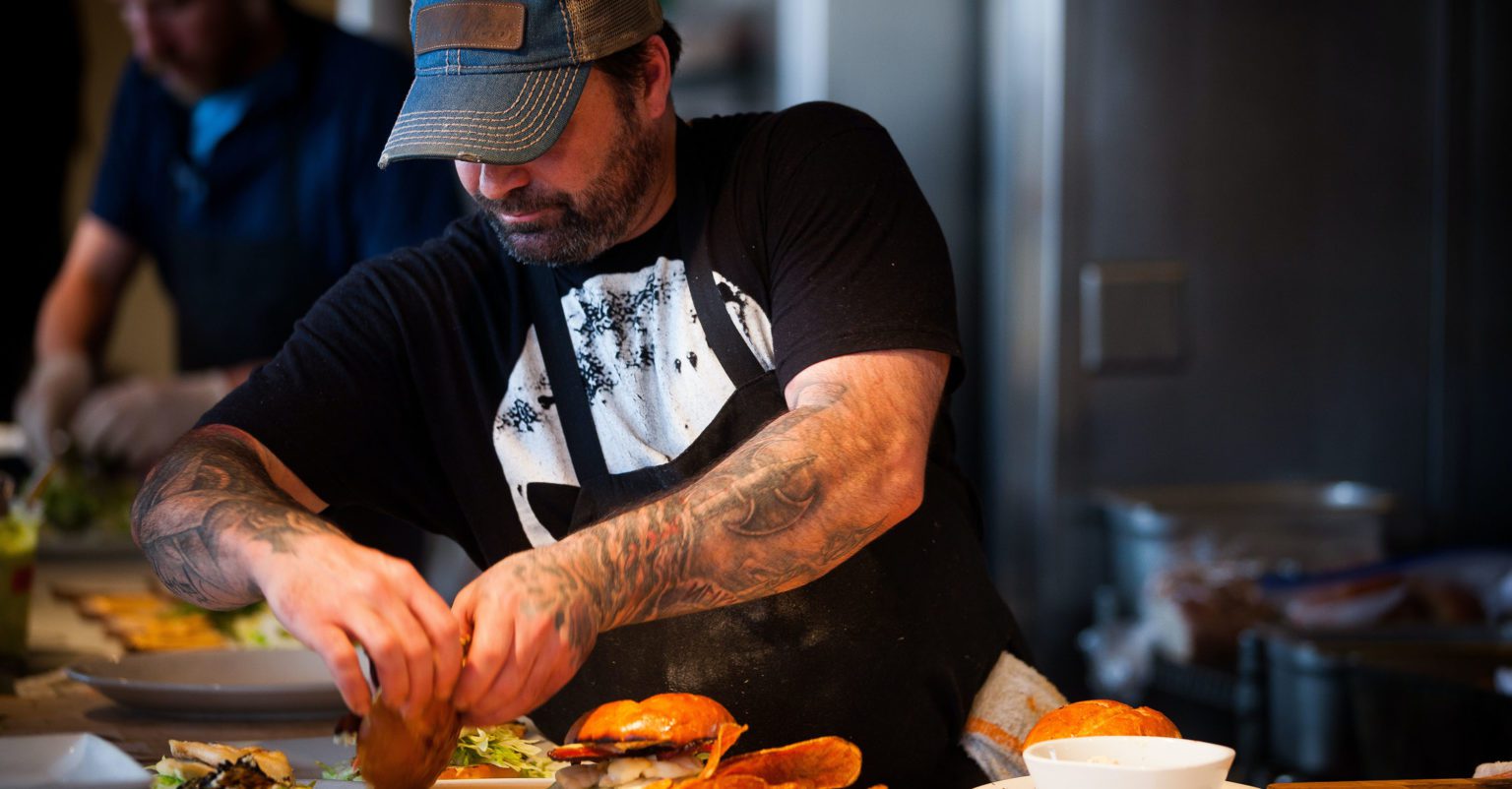At a glance
- Rising costs and unpredictable foot traffic are making cash flow harder to manage for New Zealand hospitality businesses in 2025.
- Small shifts like adjusting rosters, monitoring sales daily, and requesting deposits can help free up working capital.
- With the right tools and funding options, Kiwi hospo operators can build resilience and grow without overextending.
Running a hospitality business in Aotearoa has never been more challenging. Rising supplier costs, unpredictable foot traffic, and staffing shortages can quickly turn cash flow into a daily pressure point. But with the right strategies, hospitality owners can stay agile, protect their margins, and find low-risk ways to grow.
This guide shares practical tactics for small hospo businesses to take control of cash flow, from tracking performance in real time to exploring funding options that help keep things moving.
What’s driving cash flow stress in Aotearoa’s hospitality sector
Small hospitality businesses across New Zealand are feeling the pinch in 2025. Wholesale food and beverage prices have climbed steadily, and utilities like power and gas are eroding margins.
Many venues are also paying more to attract and retain staff. Higher hourly rates and incentives are pushing up weekly expenses, without always delivering a direct uplift in revenue. Temporary and casual staff, often essential during peak periods, can cause unpredictable spikes in payroll, pushing some hospitality operators to find creative solutions.
And while diners are returning, foot traffic isn’t always consistent. Long weekends, school holidays, and major events can bring in a surge of revenue, but quieter periods often expose cash flow gaps when there’s no buffer in place.
How hospo operators stay ahead of cash crunches
Keeping cash flow steady in a hospitality business comes down to small habits that protect margins and improve visibility.
Run weekly cash flow check-ins
Shorter cash flow cycles help identify issues early, especially in a business with daily sales and fluctuating demand. Look for spending patterns, flag irregularities, and adjust purchasing or rostering before problems escalate.
Some small venues schedule a weekly 15-minute check-in to review bank balances, incoming payments, and upcoming bills. It’s a simple routine that improves visibility without adding extra admin.
Order stock based on real-time sales
Over-ordering perishables can tie up cash and lead to waste. Sync your inventory with POS data to maintain just the right amount of stock, especially during seasonal shifts or unpredictable lulls.
Some cafés run on a just-in-time inventory system, tracking stock and staffing needs on a seven-day rolling schedule to reduce holding costs and respond quickly to changes in demand.
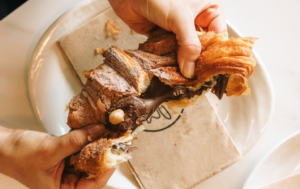
Secure upfront payments where possible
For catering, functions, or large bookings, ask for a deposit to lock in revenue and reduce the risk of cancellations or late payments.
It’s common for cafés and event venues to take a 50% deposit at the time of booking. This gives them enough runway to cover staffing and ingredient costs in advance.
Make payments frictionless
Use mobile, contactless, or digital payment tools to speed up transactions and reduce time-to-cash. Offering flexible options at the point of sale can also improve customer experience and reduce friction.
Many venues now use portable EFTPOS machines or QR code payments to streamline the process and improve table turnover. Both can help keep cash moving consistently.
Use data to shape your roster
To avoid overstaffing during quiet shifts or under-resourcing busy ones, use historical sales data and forecasts to shape your weekly roster, rather than relying on gut feel.
Some businesses use POS-integrated scheduling tools that flag low-revenue periods. This helps reduce unnecessary casual hours before they start to impact your weekly margins.
Low-risk ways to grow your hospitality business
You don’t need a renovation, rebrand, or second location to grow. For small hospitality businesses, the most sustainable gains often come from simple, strategic tweaks to how you operate day to day.
Extend service during quiet times
Look for underused hours in your schedule. Could you trial a late brunch, weekday happy hour, or limited dinner service? Even one or two additional service windows each week can increase revenue without increasing overheads.
One Auckland café added a Friday night dessert bar using the same team and prep space. With a small seasonal menu and a cozy late-night vibe, they drew steady foot traffic from nearby restaurants and cinemas. What started as a test quickly became one of their most profitable weekly shifts.

Offer new experiences that draw customers in
Events like themed dinners, tasting nights, or hands-on workshops can turn slower evenings into consistent revenue. Imagine launching a monthly “family recipe night,” where your chef shares dishes from her childhood. It gives regulars a reason to return for something fresh.
Build partnerships to share the load and increase exposure
Partnerships can help hospitality businesses expand their reach and add value without overextending. Look for opportunities to collaborate with local brands that share your customer base but offer something different.
One inner-city café partnered with a nearby boutique hotel to provide guests with breakfast vouchers. The café gained steady morning foot traffic and the hotel added a personalised local touch to its guest experience. It was a low-cost, high-impact way for both businesses to boost visibility and build loyalty.
Use loyalty programs to encourage repeat visits
Whether it’s a free coffee after five visits or discounts on off-peak days, loyalty systems help keep your business top of mind without a big marketing budget.
One creative approach is to offer a dessert passport. Guests who try five different sweets receive a free take-home treat. It’s a low-pressure way to introduce people to more of your menu and give them a reason to return.
If you run regular events, consider giving return guests early-access bookings or reserved seating. These low-cost perks reward loyalty without relying on discounts and help turn casual visitors into long-term supporters.
Test ideas on a small scale before going all in
Before committing to a full menu change or equipment purchase, run a short trial. Offer a limited-time special or host a one-off event, then measure interest and sales. This approach helps you grow with confidence and reduces your risk when implementing new initiatives.
The best tools for managing cash flow in hospitality
The right tools can give hospitality owners a clearer view of where money is going, what’s coming in, and how to plan for quieter periods.
1. Track inventory and sales in real time.
Platforms like Lightspeed and Square sync daily sales with stock and customer data. This helps you manage ordering, monitor margins, and adjust rostering based on expected demand.
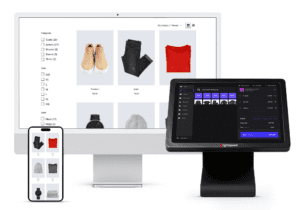
2. Plan short-term cash flow with simple calculators
The Prospa Cash Flow Forecast Calculator lets you map out income and expenses week by week. It’s a practical way to test how seasonal shifts, staffing changes, or upcoming events might affect your ability to cover key costs.
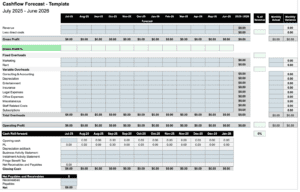
3. Forecast seasonal cash flow changes
Advanced tools like Float, Fathom, and Spotlight Reporting offer real-time visibility over cash flow, performance insights, and integrated three-way forecasting. These tools are particularly useful for businesses looking to scale or seeking funding.

4. Manage expenses and payments in one place
Xero and QuickBooks bring banking, bills, and payroll into one dashboard. This makes it easier to spot overdue invoices, monitor expenses, and stay ahead of payment cycles.
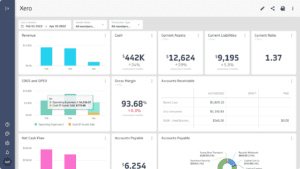
5. Build rosters that reflect sales patterns
With tools like Deputy, you can create staff schedules based on past sales and expected revenue. If a night is consistently quiet, the platform helps you reduce unnecessary hours and protect margins.
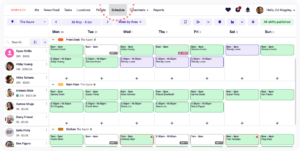
How small hospitality businesses can fund their next move
Whether you’re planning something new or managing a quiet patch, there are a range of funding options for hospitality business owners, each designed to support different cash flow needs.
Need to upgrade or create new revenue streams?
Adding an outdoor seating area, refreshing your fit-out, or launching a new menu can all lift revenue, but most of these ideas require upfront investment.
A Prospa Business Loan gives you access to between $5,000 and $500,000, with fixed repayments and terms up to 36 months. It’s a practical way to make improvements now, while spreading the cost over time.
Need flexible cash to cover short-term gaps?
Hospitality businesses often feel the pinch when supplier bills arrive just before the weekend rush or a quiet midweek stretch.
A Prospa Line of Credit gives you flexible access to funds when you need them. Draw down only what’s needed, and pay interest on what you use. It’s well suited for covering wage runs, restocking before peak periods, or bridging the gap between paying suppliers and getting paid.
Not sure which option suits your business? Talk to a Prospa specialist to explore what’s possible.
